Sunday the 18th we drove back to France to hook up with Ryan and Chris in their new hometown Livarot. They had booked us into a lovely B&B, Dom’s Garden, about a five-minute walk away from the home they are purchasing. They had checked us into the place so all the hard work was done – and they even carried the suitcases for us!


The reason we are in Livarot is that our son Ryan and husband Chris have purchased a property in the town and are in the process of developing it. As yet they don’t “own” it as the French paperwork seems to take forever.


Over the course of the next several days they drove us around and we visited a bunch of local attractions.
Our first day we visited the E. Graindorge Cheese producer. Livarot has it’s own cheese and this places makes a LOT of it. We toured their production facility and learned all about the cows, the milk, how the process is accomplished and all the stuff to understand how this factory makes special cheese. At the end of the tour, we of course had to sample a few cheeses. They make four different cheeses – Livarot, Pont-L’Evêque, Normandy Camembert and Neufchâtel.
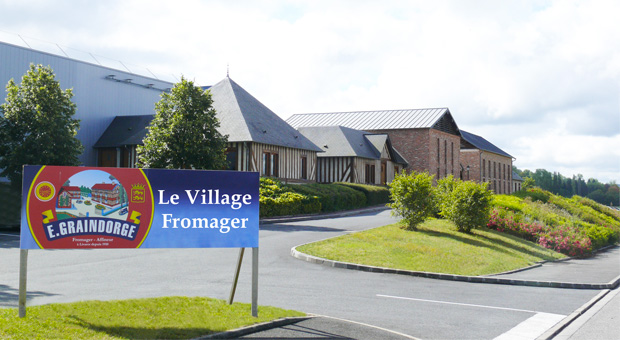



The Pays d’Auge is perhaps the most natural and most distinguished regions in France. The soil is rich and fertile and the climate is particularly favorable. Using the milk from Normandy Cows, they produce four cheeses of Normandy – of course the only one I hadn’t heard of before was the Livarot cheese.
The next day, Tuesday, we our breakfast at the B&B and Ryan and Chris picked us up and we headed out first to walk the local market and then off to the Chateau of Saint-Germain de Livet.




Chateau of Staint-Germain de Livet, was built during the 15th and 16th century on the site of an old medieval fortress. It changed hands several times until it was bought by Julien and Augusta Pillaut in the 1920s and remained their property until their deaths. With no descendants, Augusta decides to donate it to the city of Lisieux. Since 2011, the castle-museum of Saint-Germain-de-Livet has been managed by the relevant EPCI Museum Pole, which brings together with it the Lisieux Museum of Art and History. While the inside of the Castle was not available, walking around the grounds was very nice. The swans, ducks and peacocks think so too.


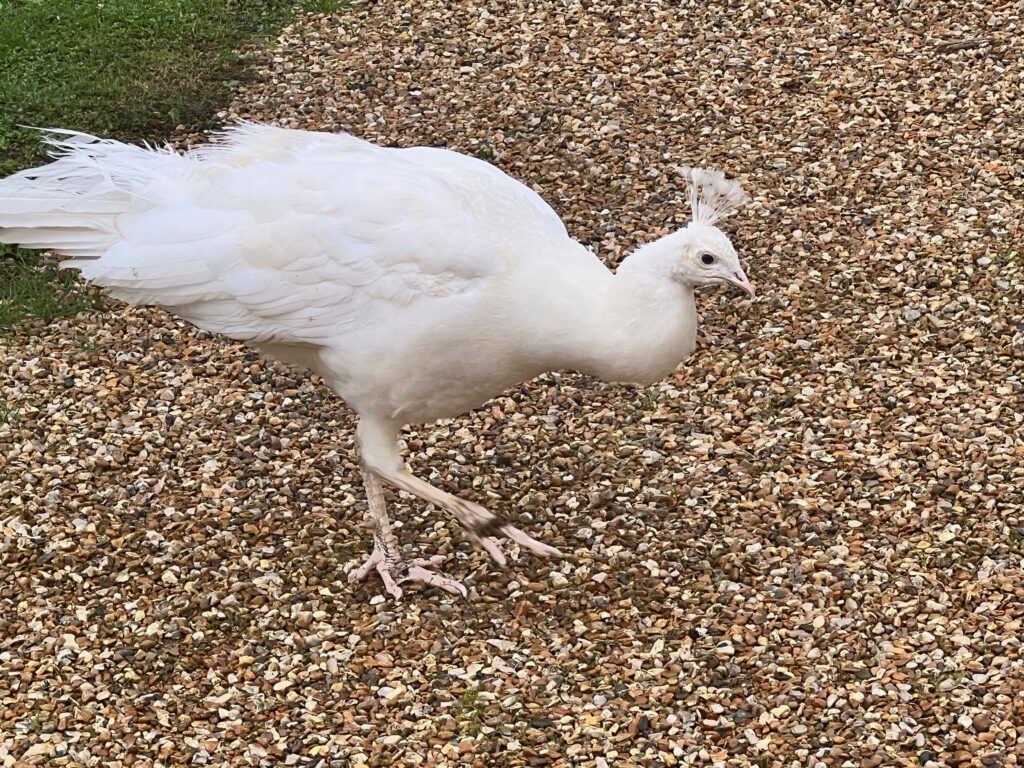

After a moat- side luncheon, we traveled to the Chateau & Jardins of Boutemont for Janeen’s garden “fix”.
After a nice lunch, we piled into the car and head to Chateau de Boutemont. The current site of the Château de Boutemont was occupied at the end of the14th or the beginning of the15th century by a fortified house. Until this period, the estate belonged to the Boutemont family. Over the next couple hundred years it passed through several families who made some changes but generally kept the building in the same configuration. It wasn’t until it was purchased by Jean-Baptiste Le Bas, adviser to the Court of Aids of Normandy in the 17th century the gardens were expanded and the construction of a new façade, removal of various outbuildings and the surrounding wall located to the west was done. In 1745, the property came, by marriage, into the hands of David Guéroult, the last lord of Boutemont until the Revolution. Not much happened with the castle until it was bought in 1915 by Commodore Charley Drouilly, who entrusted Achille Duchênewith the task of recreating the gardens in a classical style known as “à la française”. In the 1980s the château was acquired by the current owner Armand and Hélène Sarfati who are working to restore and develop the park.



The grounds are open to the public (a fee of course) and two rooms in the castle. The main building and the inner courtyard are used by the current owner and his family. The day was beautiful and we had a lovely time.
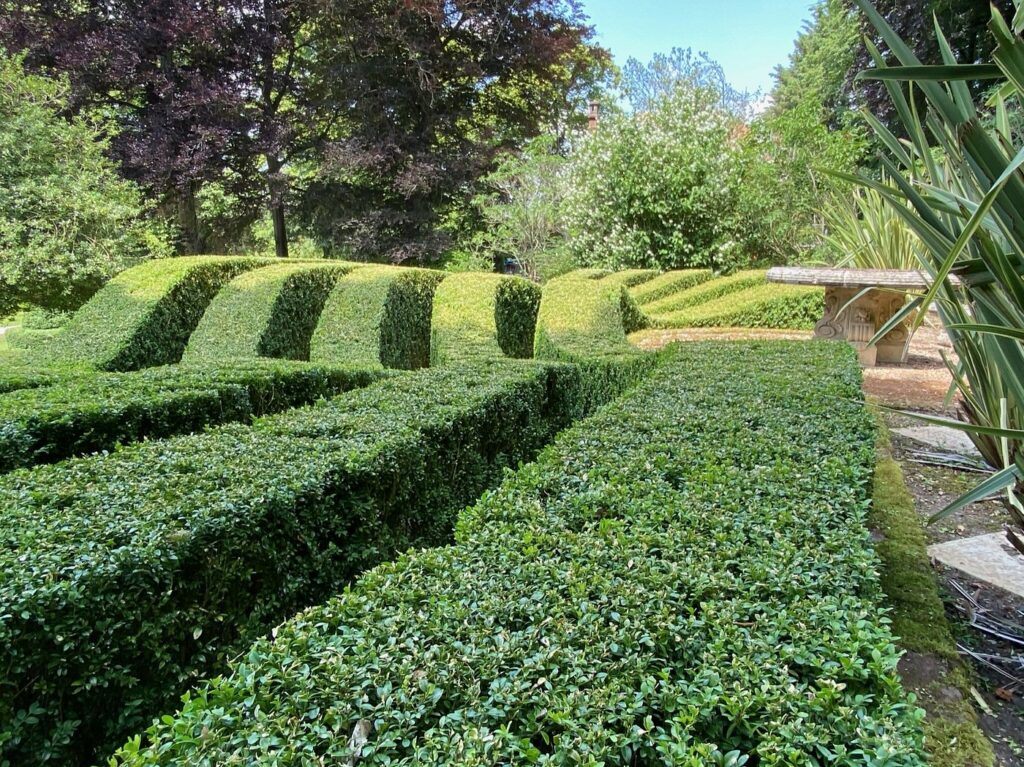
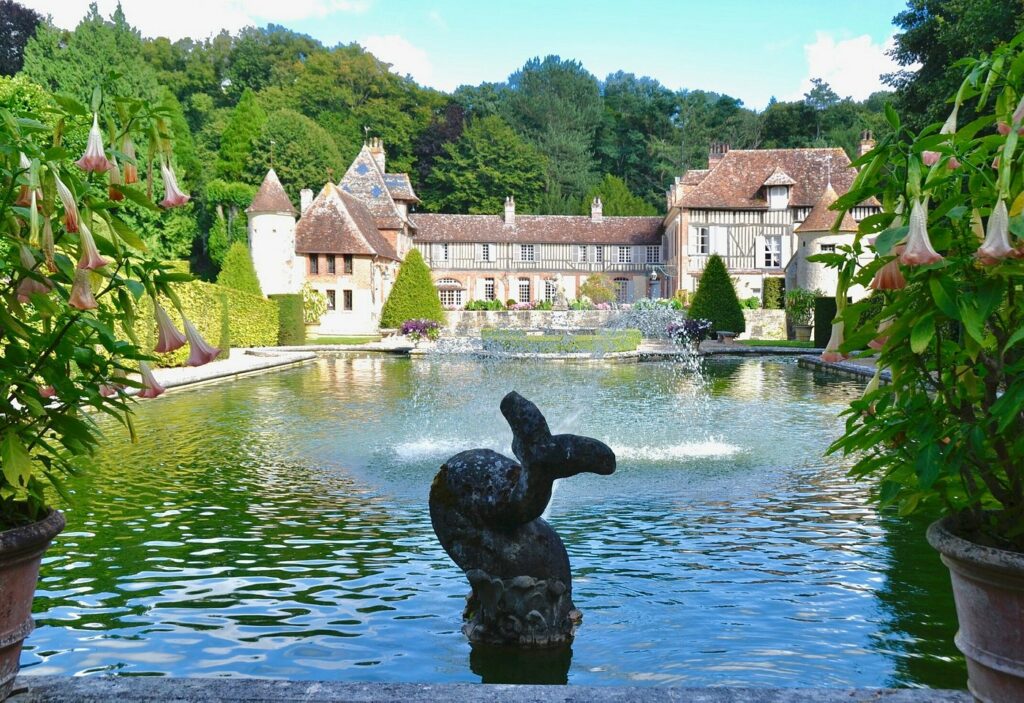

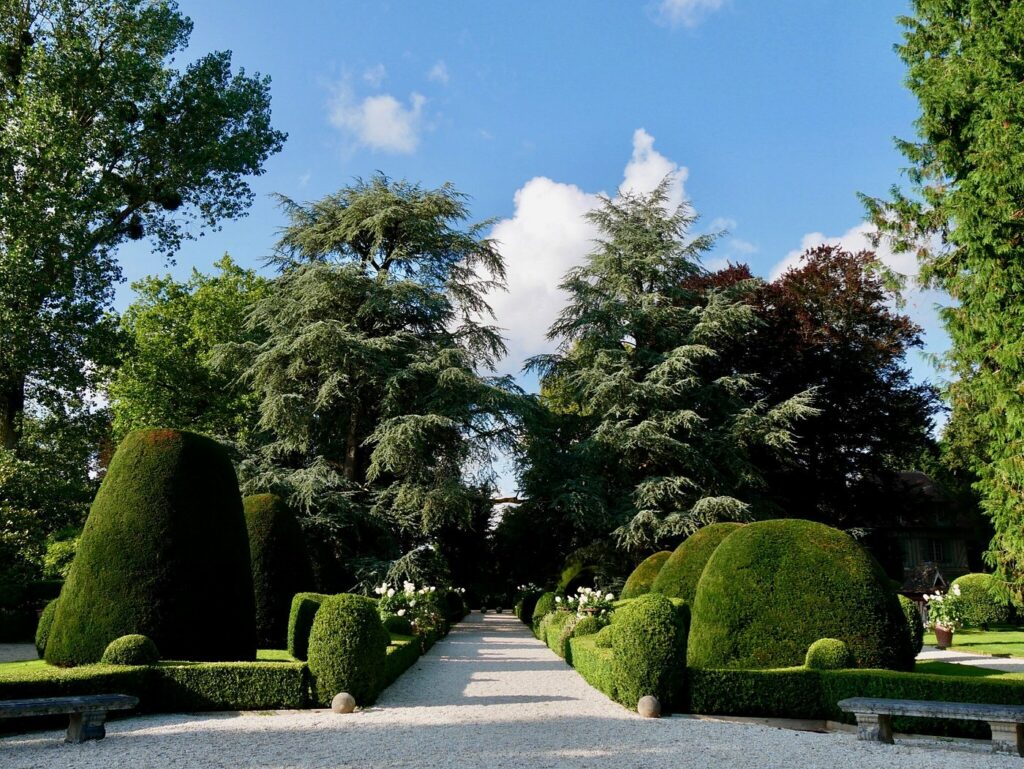

Wednesday, our last day of our visit to Livarot, we headed to the English Channel and the Etretat Gardens. Located about 90 minutes from Livarot, the small town of Etretat is right on the English Channel and has a lovely garden at the top of the cliffs. As were delayed in our arrival, due to a hay wagon we were following for several miles, we didn’t make the 10:30 little train to the gardens. This meant we were still around when I ran into someone from my past. In the ‘it’s really a small world’ standing in front of me was my boss 20 years from Glendale – Gary Hopkins. He and his wife were on a Tauck Tour and were stopped only for a few minutes before getting on their coach for more advenutres.



The garden is a playground where lush topiary, architecture and contemporary art dialogue in all poetry.
The project is the winner of the European Garden Award in the category “Best development of a historic park or garden”, possesses one MICHELIN star in the Green Guide, listed among “Great Gardens of the World” and has the label “Remarkable Garden”.

At the end of the 19th century, French actress Madame Thébault named Villa Roxelane after one of her famous character — the legendary wife of Sultan Suleiman the Magnificent. Madame Thébault was a friend of Claude Monet, who spent many hours working on his canvases in Etretat.




In 1905, inspired by the artist, Madame Thébault decided to create a garden at the top of the Amont cliff that would reflect Monet’s work with avant-garde elements mixed with a touch of impressionism. The famous and emblematic view opening from the garden on La Manche and the cliffs inspired such famous painters as Claude Monet, Jean-Baptiste Camille Corot, Eugène Delacroix, Edouard Manet and Vasily Polenov.
Close to the entrance of the Gardens, is a Chapel. This is dedicated to Blessed Saint Valery, is one of the most emblematic monuments of Saint-Valery-sur-Somme.
Former outbuilding of the Abbey, a survivor of the revolution, rebuilt and last inaugurated in 1880, it rises majestically in the middle of the fields on the wooded mountain that dominates the medieval city and the Bay of Somme.

The site of the Chapel, and the gardens, is at the top of the cliff. The view down to the village is rather amazing.
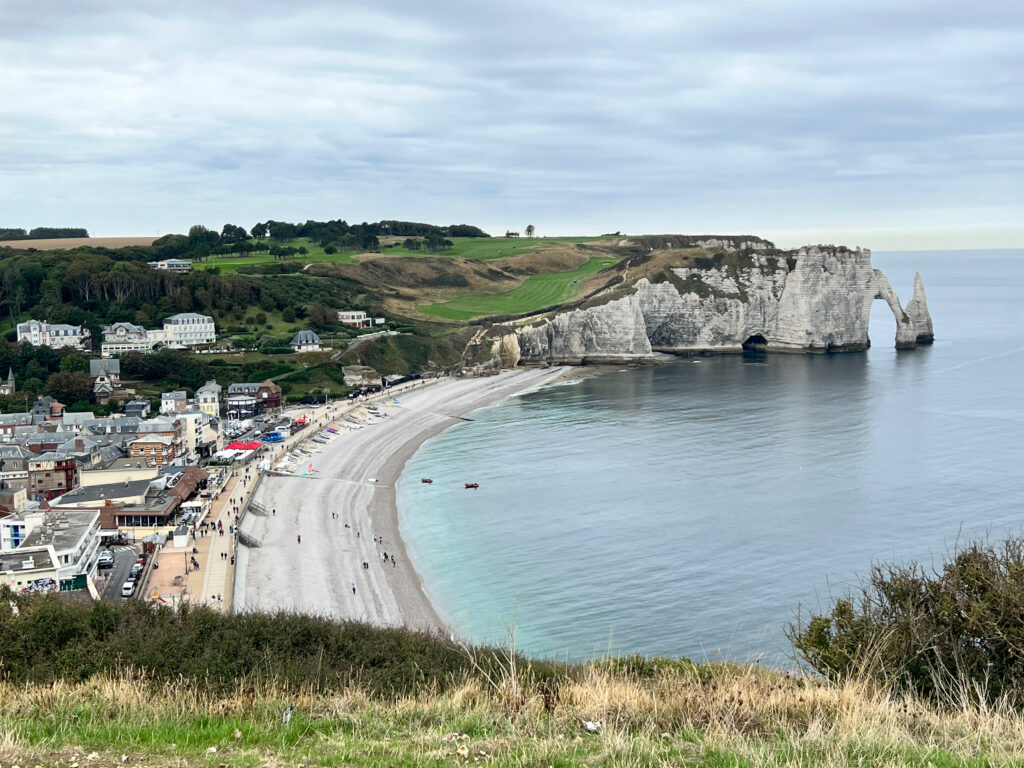
After visiting the gardens and walking around the Chapel, we took the Mini Train back to the city center and walked along the boardwalk prior to having a lovely lunch and our starting our journey back towards Livorat.


On the way back to our B&B, we stopped in Lisieux and visited The Basilica of Sainte-Thérès. Bishop of Bayeux and Lisieux, Bishop Thomas-Paul-Henri Lemonnier, decided to build a large basilica dedicated to her in the city where she lived and died. The building is in the shape of a Latin cross, with nave, choir and transept. The crossing is surmounted by an imposing dome. The internal volume is all in one piece, without collateral or ambulatory aisles. Due to the absence of columns, all who attend mass have an unobstructed view. Much of the basilica interior is covered with intricate and colorful mosaics.



The following day, Ryan and Chris drove us to Paris Charles de Gaulle Airport for our flight to Munich and the start of our UniWorld Mystery Cruise – more on that adventure soon.